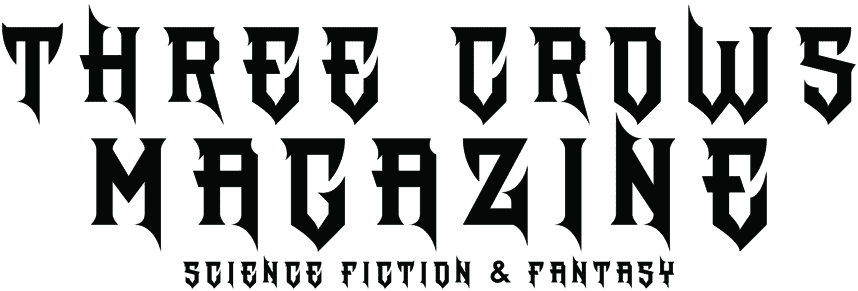Children of Ruin by Adrian Tchaikovsky REVIEW
by Olivia Hofer
Guns of the Dawn was the book that granted Adrian Tchaikovsky a spot on my will buy anything by this author list. His version of Elizabeth Bennet, Emily, does meet her own Mr. Darcy, of course, but more importantly, she goes to war. As a lifelong Austen fan, I was amazed by how well Tchaikovsky nailed Austen’s style. A few weeks later, Dogs of War cemented his spot on my list.
Just like its predecessor, Children of Ruin is a truly original, evolution-based science fiction novel unlike any other
His bibliography is extensive for an author whose first novel came out in 2008. Yet, Tchaikovsky’s popularity does not reach the levels of fantasy’s greatest. Unlike Sanderson, Abercrombie, and Rothfuss, Tchaikovsky doesn’t fly off the shelves–despite delivering book after book like Sanderson, writing with a pleasing and distinct prose like Rothfuss, and knowing how to infuse his work with humour like Abercrombie.
Perhaps Adrian Tchaikovsky is too versatile for his own good. He moves with ease from science fiction to fantasy, from shifters to spaceships, and seemingly feels at home in all of SFF’s many subcategories.
So it came as no surprise that in 2016 he released a book that turned even fierce arachnophobes into readers rooting for an intelligent civilisation of spiders—the Portiids.
Children of Time was well received in the community and even won the Arthur C. Clarke Award. Last year, Three Crows Magazine asked Tchaikovsky whether he felt intimidated writing the sequel. He admitted that there was an extra level of pressure. “The people will be going in with high expectations.”
And we did.
Just like its predecessor, Children of Ruin is a truly original, evolution-based science fiction novel unlike any other. It tells a very similar story to Children of Time, and Tchaikovsky, once again, uses a dual narrative that eventually converges.
The first narrative follows a group of explorers who have been sent out to terraform new homes for humanity, and once they arrive at their destination, they make an unexpected discovery: the planet is already filled with life.
Armed with the knowledge of our own history, most readers will expect the humans to disregard the life they find and simply waltz in, destroying everything. In Tchaikovsky’s world, however, they decide to preserve it.
The second narrative is set centuries later. The Portiids—the aforementioned civilisation of intelligent spiders—and their human companions send an exploration vessel following fragmentary radio signals coming from that very planet.
While Children of Time had spiders, here Tchaikovksy explores octopuses. These octopuses communicate through shifting colour patterns which the Portiids and humans must learn to correctly interpret, reminiscent of Villeneuve’s Arrival, where Banks (Amy Adams) and Donnelly (Jeremy Renner) had to find a way to communicate with the heptapods.
On one hand, I could argue that Children of Ruin improved and expanded on everything its predecessor did so well. The science is understandable even for the layman and still interesting for the expert. It is a sign of incredible skill that Tchaikovsky is capable of giving species without speech such distinct voices, making them unique characters. Apart from that, the world building is immersive, and it’s obvious that Tchaikovsky spent an obscene amount of time doing research.
On the other hand, it is obvious that Children of Ruin, despite being a gripping sequel, is very similar to its predecessor. Perhaps too similar.
While it’s expected that the two books share the same themes, Tchaikovsky essentially tells the same story, just with a slightly different cast, a different planet, and a different species this time. That in itself is not necessarily a bad thing, but the similarities run all the way to the conclusion, rendering it less surprising than the first time around and robbing Children of Ruin of tension.
Children of Ruin tackles many themes, most of which are uplifting and positive, having to do with preservation and scientific research, but one stands out in particular: collaboration. People working together, solving problems together. Tchaikovsky’s characters don’t fight each other, and they don’t destroy what they find as they explore the universe. How refreshing is it to read a book where different species work together, work to understand each other better, and research how to improve their communication?
It’s a testament to the genius of the author that a book with such an uplifting and hopeful message can be this tense and, at times, downright terrifying.
And perhaps, in this world where current affairs are harrowing for most, and at the very least utterly dividing, a novel about different species (and they couldn’t be more different if they tried) working together is welcome and necessary.
And who knows, maybe our own world will eventually enjoy a utopian ending much like the one Tchaikovsky gives his fictional planets.




